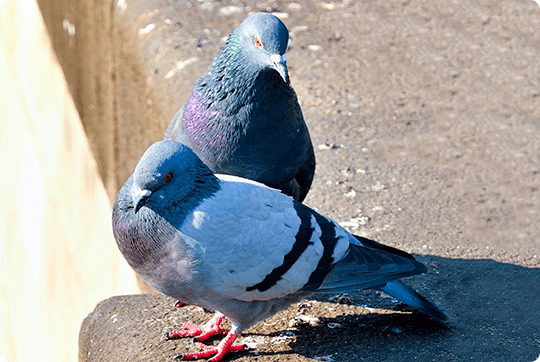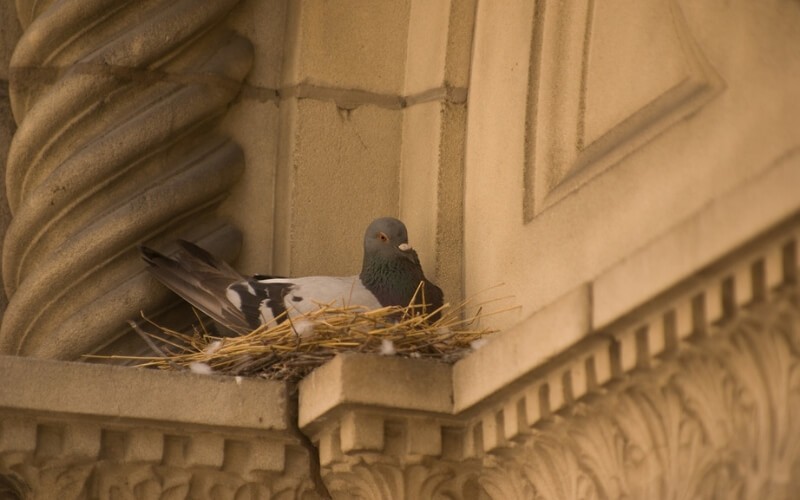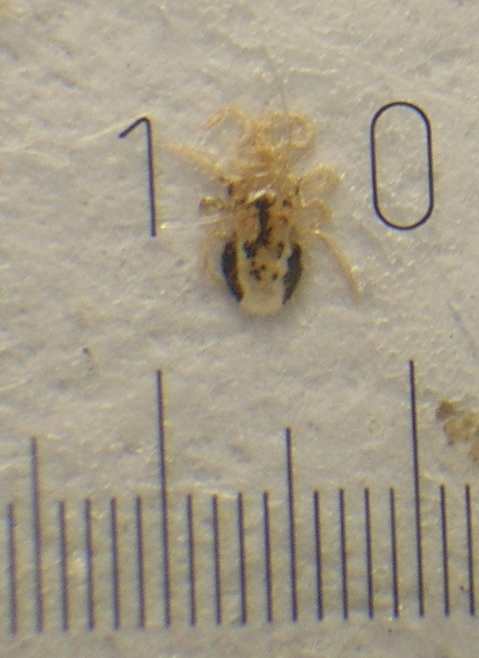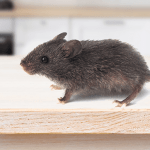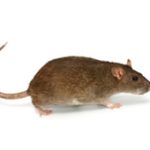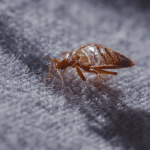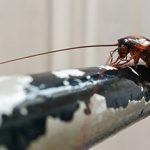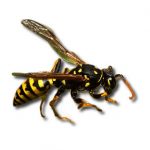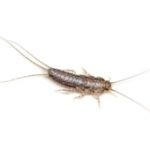Types Of Pigeons UK
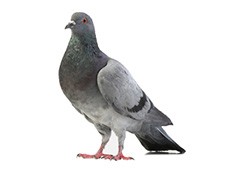 In the UK, pigeons can be seen in cities, towns and rural settings. Pigeons and doves are a family of birds, characterised by stout bodies, short necks and a mainly seed-based diet. Their distribution is cosmopolitan and members of this family live in every region of the world, except the Arctic, Antarctica and the Sahara desert. “Pigeon” is usually used to indicate members of the Feral pigeon species (Columba livia domestica).
In the UK, pigeons can be seen in cities, towns and rural settings. Pigeons and doves are a family of birds, characterised by stout bodies, short necks and a mainly seed-based diet. Their distribution is cosmopolitan and members of this family live in every region of the world, except the Arctic, Antarctica and the Sahara desert. “Pigeon” is usually used to indicate members of the Feral pigeon species (Columba livia domestica).
Feral pigeons are in fact Domestic pigeons which live in the wild. Domestic and Feral pigeons are derived from the Rock pigeon. They have short, muscular bodies (26 cm—35 cm) with wingspan up to 70 cm. The colour of their feather varies but is usually grey, with green, blue and purple glitters. They have short, yellow beaks with a slight curve.
What attracts pigeons
Basically two things attract pigeons to your house or garden:
- Food: Pigeons are not very pretentious when it comes to food. They could eat various scraps, leftovers, seeds, your dog/cat’s food, and anything left behind. So don’t leave anything food-worthy in your garden.
- Living space: the attic or the air space between the last floor and the roof is the perfect place for a pigeon to live. Close all entrances if you don’t want to have pigeon droppings and insects feeding with them.
What kind of pigeons are in the UK?
The UK is home to several pigeon species, with three being the most prevalent:
- Feral Pigeon (Columba livia domestica) – Common in urban areas, descended from wild rock doves. They’re the most visible in town centres and cityscapes.
- Woodpigeon (Columba palumbus) – Britain’s largest pigeon, easily recognised by the white patches on its neck and wings. Typically found in gardens, parks, and farmland.
- Stock Dove (Columba oenas) – Smaller and more discreet than the woodpigeon, often mistaken for feral pigeons but favouring rural habitats.
Feral pigeons are the primary concern in terms of urban nuisance and health risks, prompting a demand for pigeon control services UK-wide.
Are pigeons considered pests in the UK?
Yes, feral pigeons are widely regarded as pests across the UK. While not all pigeon species are problematic, urban flocks of feral pigeons cause:
- Structural damage due to acidic droppings corroding stonework and metal.
- Health concerns through the spread of bacteria and parasites.
- Blocked drains and gutters from nesting material and feathers.
- Contamination of food areas in commercial and public spaces.
Professional bird pest control UK services are regularly employed to manage these impacts through pigeon spikes, netting, and humane deterrents.
Do UK pigeons carry diseases?
Pigeons are potential carriers of more than 60 diseases, many of which can be transmitted to humans, especially through droppings. Common risks include Psittacosis, Histoplasmosis (a respiratory infection from fungal spores) amd Salmonellosis (linked to pigeon droppings contaminating surfaces).
While the transmission risk is relatively low with casual contact, proximity to nesting sites, dry droppings and poor sanitation heighten exposure, particularly in commercial and food-sensitive environments.
Pigeon excrements are also a vector for various pathogens. Pigeons are also prone to various diseases, such as twisted neck disease, cankers and tapeworms. Thus the life expectancy of a feral pigeon in the wild is 4 years, compared to 20 years in captivity.
Some of the diseases UK feral pigeons spread are not to be underestimated. Salmonella bacteria are the pathogens of typhoid fever. Pigeons also spread the West Nile virus, which can cause anything from mild pneumonia to permanent damage to the nervous system, and even fatal brain inflammation.
Read more: Bird mites and the dangers they pose
Pigeon pests in the UK: Economic impact
The faeces of Feral Pigeons contain acids that cause damage to man-made structures. A single specimen can “produce” up to 10 kg of excrement a week.
- Droppings corrode rooftops, paint, wood and steel.
- They also damage bronze and marble statues—a problem which was evident in Trafalgar Square before feeding pigeons there was banned in 2003.
- Bird droppings also damage car paint for a different reason. They form a fine coating that prevents the paint below from expanding or contracting with hot and cold weather. This causes the painted layer to crumble and fall off, uncovering the vulnerable surface of the car frame.
Read how to Keep pigeons away from properties
Habitat
Feral pigeons are gregarious birds and tend to live in flocks. Pigeons who live in urban areas concentrate in downtown regions and act as a nuisance to the general public. Although Feral pigeons have coexisted with humans for centuries, they are very nervous animals and quite easy to scare.
They nest as far as possible from human activity on highrise rooftops, in abandoned buildings, and on tall building facades. Rock pigeons nest on top of cliffs along the shoreline. It is unlikely to encounter one in a rural area, especially in inland settlements.
Behaviour
As gregarious animals, feral pigeons tend to nest in flocks. Once they settle, they tend to nest at the same place for the rest of their lives. Pigeons are extraordinarily intelligent. Even when removed from the nest, they will return back to it. The distance doesn’t play a role—pigeons have “built-in” compasses in their bodies which provide tremendous help with orientation. No matter how far away from their home they are released, they will still find their way back.
Feral pigeons breed rapidly. They lay two eggs, up to six times a year—depending on the food available. If a local population is decreased, pigeons from other areas flock to take advantage of the abundance of food. Thus, poison often causes a population boom rather than a decrease.
Diet
Feral pigeons feed on berries, seeds, small insects and spiders. On rare occasions, they might eat the eggs of other birds. Feral pigeons who live in rural areas are considered scavengers. Their diet consists of any food they might stumble upon. The list includes chips, breadcrumbs; food disposed of by restaurants and supermarkets, and birdseed distributed by bird-feeders.
What most bird-feeders do not realise is pigeons consume only 10% of their weight a day. This means that a 200 g bird eats 20 g of food a day. Bird-feeding causes pigeons to flock. They perceive the feeder as an abundant food source. They are intelligent enough to remember the face of the feeder and associate it with free food.
Difference between male and female pigeons
Telling male and female pigeons apart is not easy at first glance, but some subtle behavioural and physical clues can help:
- Size – male pigeons are slightly larger and bulkier. While, female pigeons are smaller and more slender;
- Behaviour – a male pigeon is aggressive, struts and coos. Females are more passive, especially around males;
- Neck feather iridescence – Males are typically more pronounced. Female pigeons are less vibrant;
Observation during breeding season is the most reliable method, as males exhibit clear dominance and courting behaviours.
Pigeon control in the UK
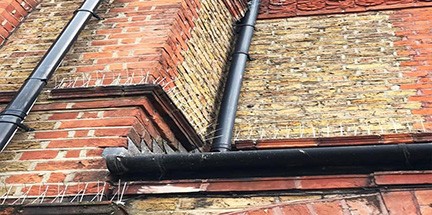
For property owners or businesses dealing with persistent pigeon issues, pigeon deterrents UK such as anti-roosting spikes, pigeon netting and sound deterrents. Also, pigeon control gel systems are great deterrent.
Using licensed pigeons control experts ensures all control is both legal and humane. Many companies now offer pigeon proofing services UK to protect structures without harming the birds.
There is no easy way to battle pigeons. The most effective way is to ward them off and prevent them from nesting. For this purpose, you can contact a pigeon control specialist, and a professional will place plastic spikes and other obstacles on surfaces where birds might land. This gel causes severe irritation to the birds but is otherwise harmless. Poisoning is ill-advised—dead pigeon carcasses pose far more health risks than living birds.
It is also important NOT to feed the birds. Pigeons are social and communicate the location of food. Feeding a single pigeon can quickly result in a flock of over twenty specimens under a week. Eliminating possible food sources is deemed a humane way to keep their population at bay.
To achieve the best results, consider opting for a professional bird control service.
We only aim to provide some useful facts about birds and pigeons. We don’t provide any medical advice.



